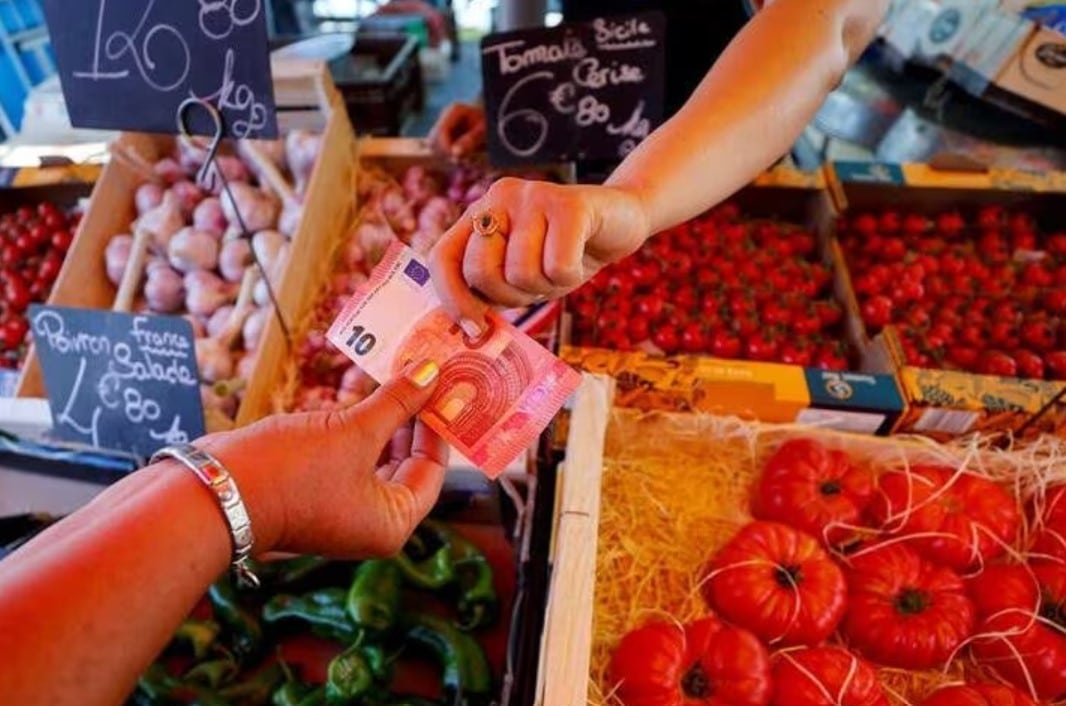A recent study by the University of Cyprus’ Economics Research Centre (CypERC) has explored the relationship between changes in global commodity prices and domestic inflation in Cyprus.
According to the findings published in the centre’s latest bulletin, recent geopolitical tensions, primarily due to the Russia-Ukraine war and other regional conflicts, have pushed global oil and food prices higher.
The report highlighted that these countries play a crucial role in global trade in those specific commodities.
The study examines how fluctuations in food and oil prices influence inflation in Cyprus.
To assess how these external shocks are transmitted to domestic prices, the researchers used data based on the Harmonised Index of Consumer Prices (HICP) in Cyprus, including its main subcategories, from January 2008 to December 2021.
The aim was to determine whether a model could predict inflation changes based on shifts in oil and food prices.
The findings show that external shocks have a significant impact on most HICP subcategories.
In particular, the study noted that a one per cent increase in oil prices leads to a 3.5 per cent rise in energy inflation.
It also found that a similar one per cent rise in food prices mainly affects the inflation rate of unprocessed food, by about one per cent.
To account for the broader macroeconomic environment and policy responses, the model included the three-month Euribor interest rate.
The study found that a rise in this interest rate negatively affects all individual components of the HICP.
Based on the above, the model’s prediction using actual shock data for the first half of 2022 closely mirrored the real development of energy inflation during the same period.
This is largely explained by the fact that in Cyprus, where the vast majority of energy is produced using oil, oil is the main driver of energy inflation within the HICP.
As a result, the impact of oil prices may be greater in Cyprus than in other countries.
However, CypERC concluded that this impact is likely to diminish in the future due to the transition to more environmentally friendly energy sources.
Cyprus sees mixed inflation trends
Meanwhile, recent consumer price data paint a complex picture of inflation in Cyprus, marked by deflation in key essentials and upward pressures in services and leisure sectors.
According to the Statistical Service, the Consumer Price Index (CPI) fell by 0.4 per cent in June 2025 year-on-year, reflecting declines in electricity prices by 10.3 per cent and petroleum products by 9.2 per cent.
Agricultural products also contributed to the drop, down 4.8 per cent compared to May 2025.
However, services continued to exert upward pressure, with the sector rising 3.9 per cent year-on-year.
Restaurants and hotels increased by 5.5 per cent, while recreation and culture rose by 5.1 per cent.
Over the month, food and non-alcoholic beverages fell by 2.3 per cent, while catering services rose 1.1 per cent.
For the first half of 2025, the CPI rose by 0.91 per cent compared to the same period in 2024, driven largely by restaurants, education, and leisure.
At the same time, the Harmonised Index of Consumer Prices (HICP) rose 0.5 per cent year-on-year in June 2025 and 0.4 per cent month-on-month, with energy prices dropping 9.6 per cent compared to June 2024.
Clothing and footwear recorded a sharp fall of 5 per cent annually, while services rose 1.6 per cent from May to June.
Adding to concerns, a recent Consumers Association report showed profit margins for fruit and vegetables remain “unreasonably high”, with bananas marked up by as much as 110 per cent.
Despite signs of easing in excessive price increases since early 2025, the association urged authorities to intervene, noting that market imbalances hurt both consumers and producers.







Click here to change your cookie preferences